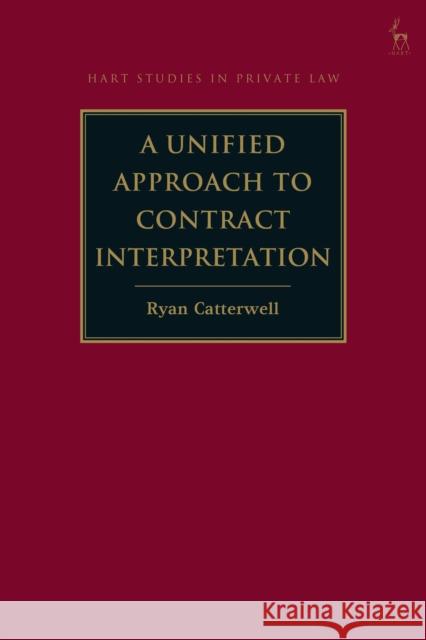A Unified Approach to Contract Interpretation » książka
topmenu
A Unified Approach to Contract Interpretation
ISBN-13: 9781509927579 / Angielski / Twarda / 2020 / 320 str.
A Unified Approach to Contract Interpretation
ISBN-13: 9781509927579 / Angielski / Twarda / 2020 / 320 str.
cena 490,88 zł
(netto: 467,50 VAT: 5%)
Najniższa cena z 30 dni: 478,55 zł
(netto: 467,50 VAT: 5%)
Najniższa cena z 30 dni: 478,55 zł
Termin realizacji zamówienia:
ok. 22 dni roboczych.
ok. 22 dni roboczych.
Darmowa dostawa!
Kategorie:
Wydawca:
Hart Publishing
Seria wydawnicza:
Język:
Angielski
ISBN-13:
9781509927579
Rok wydania:
2020
Numer serii:
000460997
Ilość stron:
320
Waga:
0.62 kg
Wymiary:
23.39 x 15.6 x 1.91
Oprawa:
Twarda
Wolumenów:
01
Dodatkowe informacje:
Bibliografia
Obwoluta
Obwoluta











